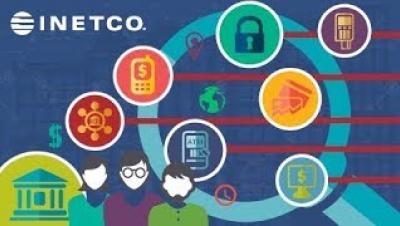Data for Digital Transformation: How to get it, how to use it Webinar
According to Accenture, 79% of consumers consider their banking relationship to be transactional. If you’re not grounding your digital transformation process with a solid base of customer transaction data, you run the risk of losing valuable business.





